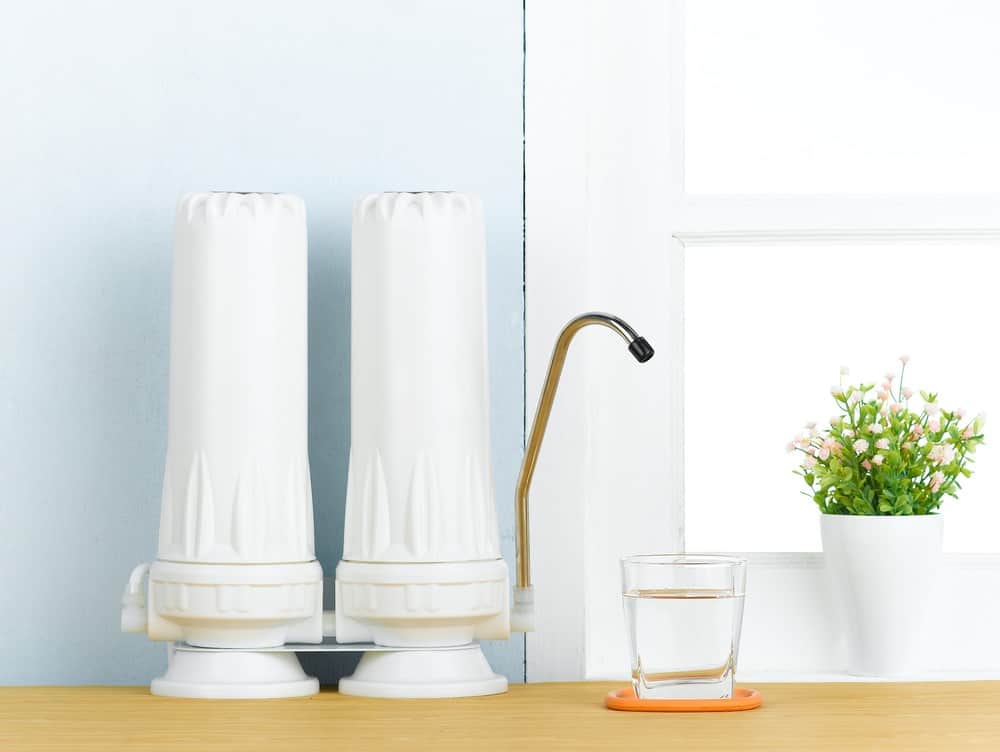How a Reverse Osmosis Water Filter System Works

From water softeners and conditioners to refiners and filters, there are many options on the market today for purifying your home’s drinking water. One of the most popular is the reverse osmosis water filter system because of it’s performance and cost-effectiveness. But besides the fancy name, how exactly does RO filtration technology work to provide clean, tasty water on tap? It’s actually pretty simple:
The Basics of Osmosis Filtration
Let us begin by describing how a regular osmosis system works. You have to start with the right setup for an osmosis system to work. To do this you need a volume of water with a high concentration of contaminants along with a volume of water with a lower concentration.
These two areas of water need to be separated by a semipermeable membrane. This membrane works as a filter, allowing water molecules to pass through, while removing ions, molecules, and other particles that don’t belong. Osmosis membranes are much more than regular water filters however, as they work on a size exclusion basis. This means that anything larger than the size of a single water molecule is removed.
Normal Osmosis vs. Reverse Osmosis
In a normal osmosis system, water passes through the membrane on its own due to its tendency to equalize on both sides of the filter. This process of equalization creates osmotic pressure, which effectively keeps the water moving.
A reverse osmosis (RO) system uses roughly the same technique as normal osmosis with only one major change that makes reverse osmosis more efficient. Instead of allowing the water to naturally move through the membrane at its own pace, pressure is applied to push the water back through the membrane the opposite way. This is where the word reverse comes from in the name.
A few impurities found in tap water that can be removed with RO filtration technology:
- Fluoride
- Chlorine and chloramine
- Detergents
- Lead
- Pesticides
- Nitrates and sulfates
The Benefits of Reverse Osmosis
What makes reverse osmosis the most efficient technique for filtering drinking water is its ability to remove all particles from water, regardless of conditions like water pressure and particle concentration. A reverse osmosis system is made much more efficient than a normal osmosis system because of the small change in how the water flows through it. It causes water to be filtered faster, providing your home with a seemingly endless supply of clean, pure water.
A reverse osmosis water filter system is a great way to get clean, tasty water on tap for your home, but this type of system does not remove hardness causing minerals from your water. The only way to get clean, soft and pure water throughout your home is with a four-stage, point-of-entry water refiner. Contact Guardian Water Services today and one of our water experts will perform a in-home water analysis for free. We’ll even give you a $50 retail gift card in exchange for your time. Learn how a Guardian water refiner can fix your home’s water woes.
Topics:

